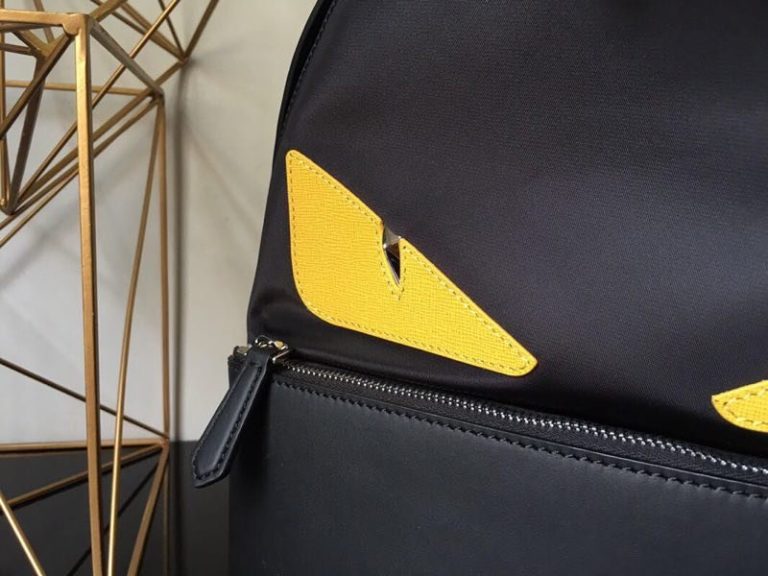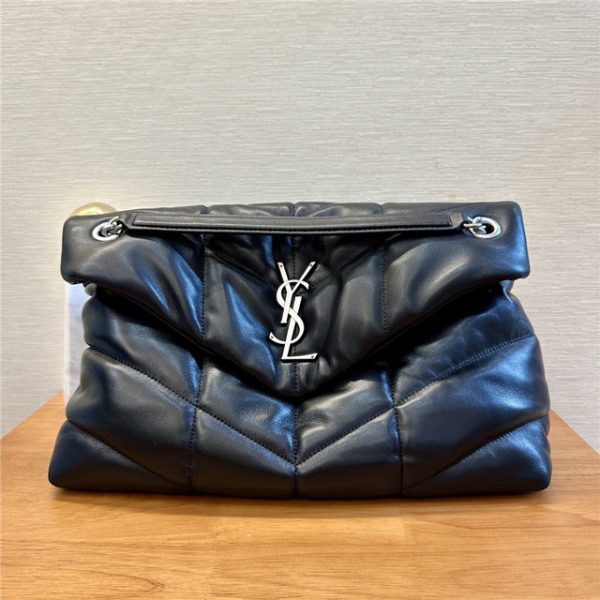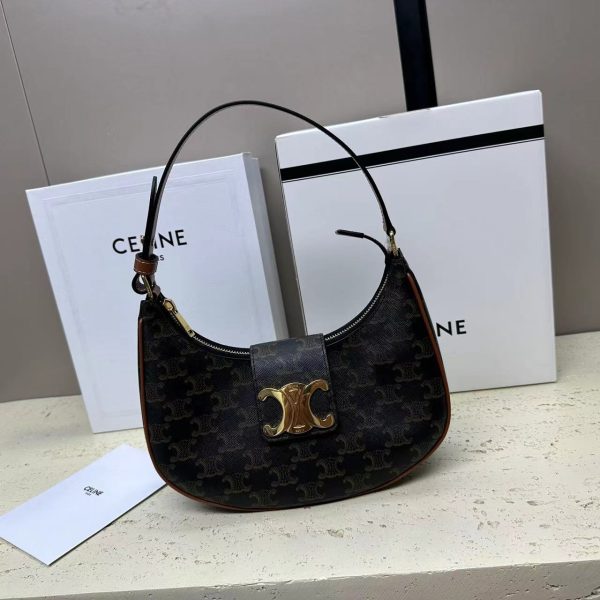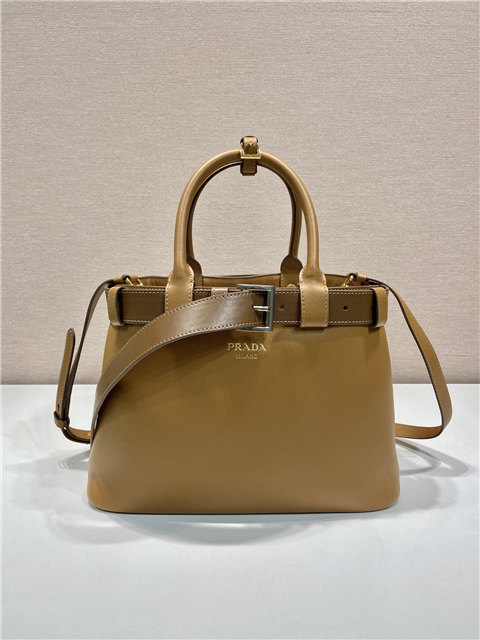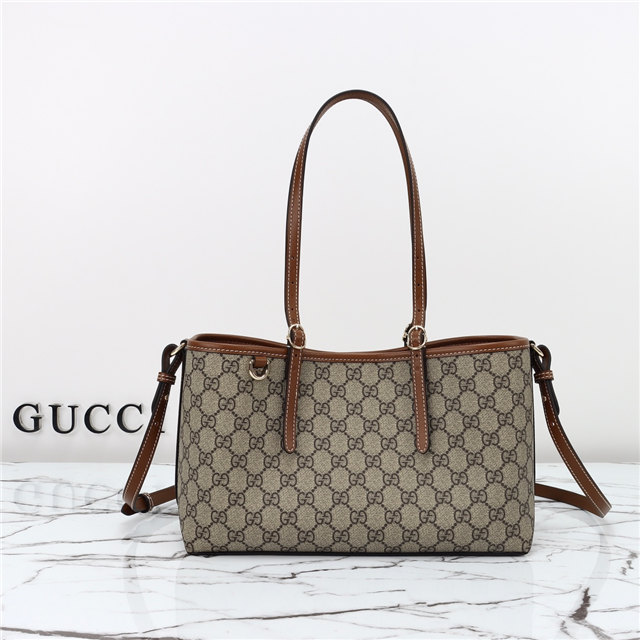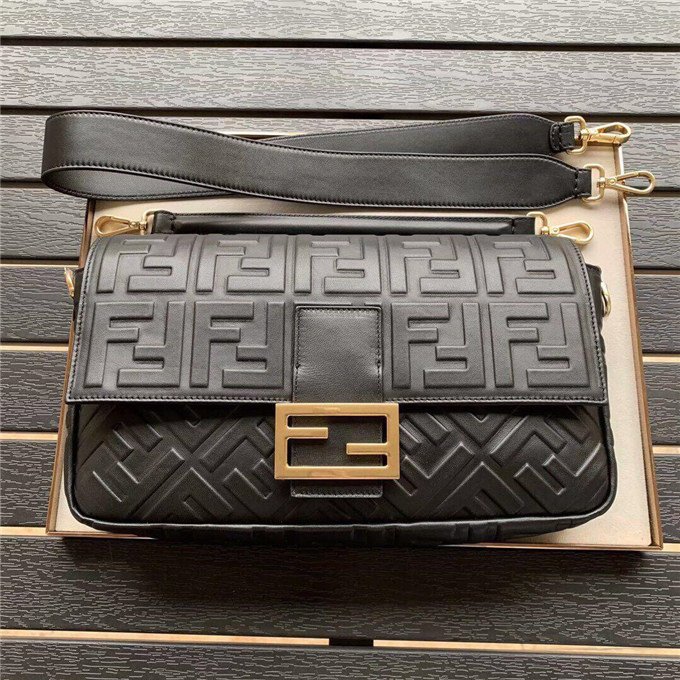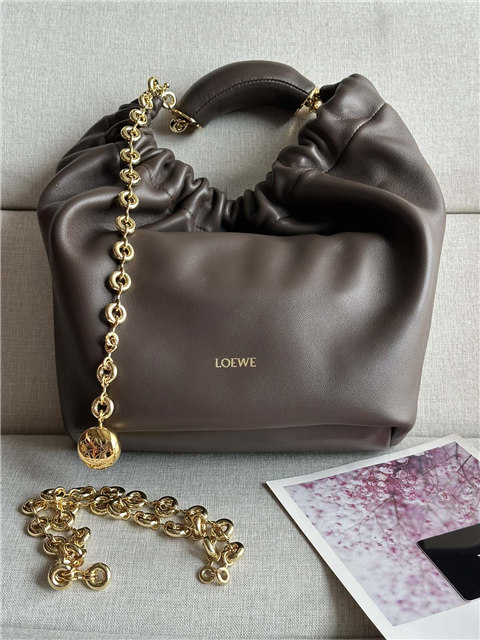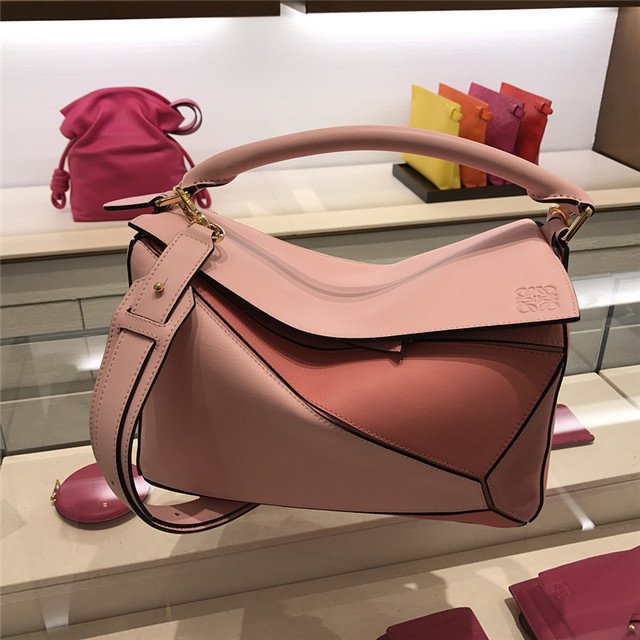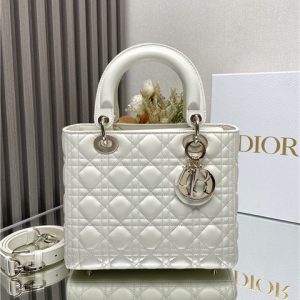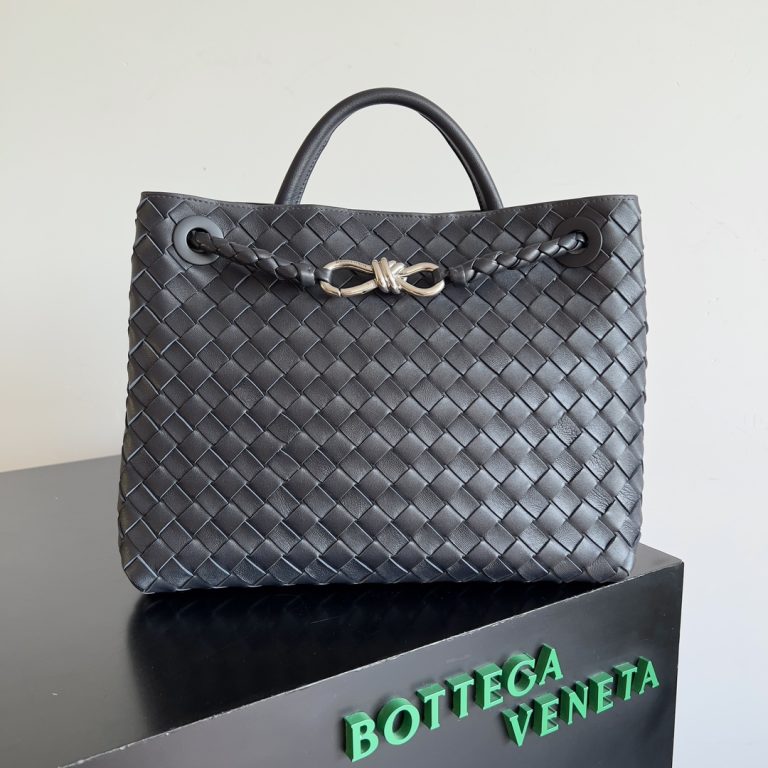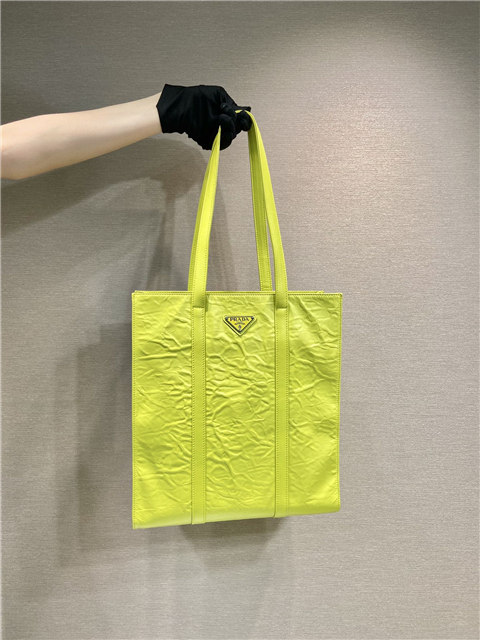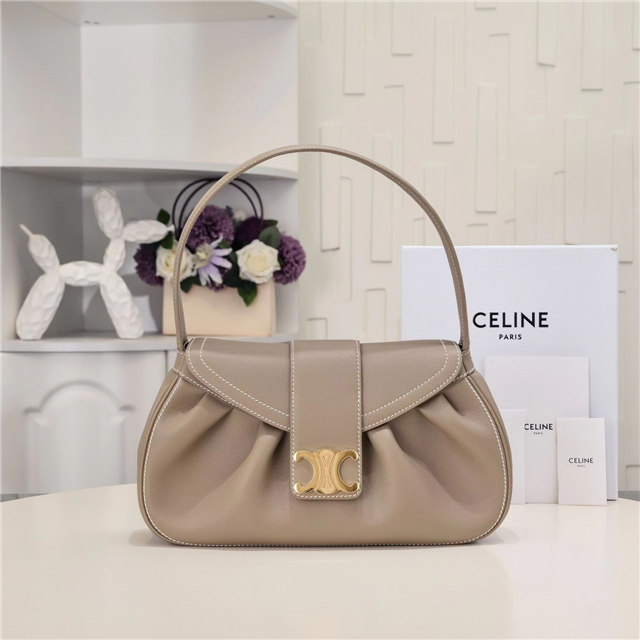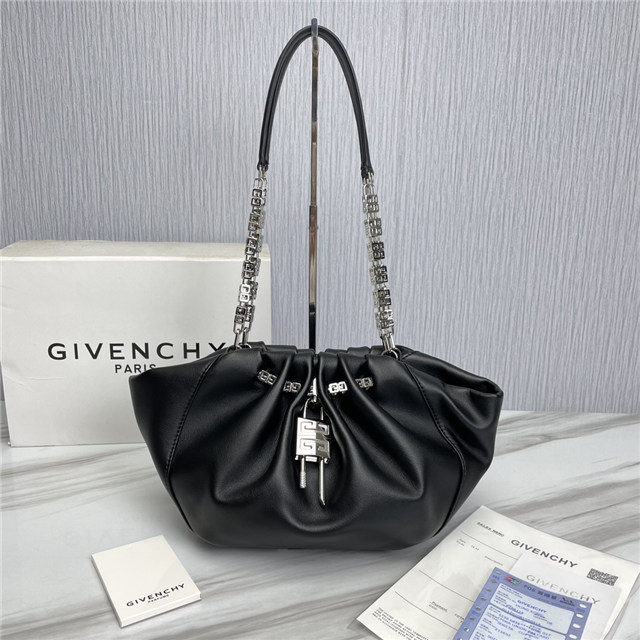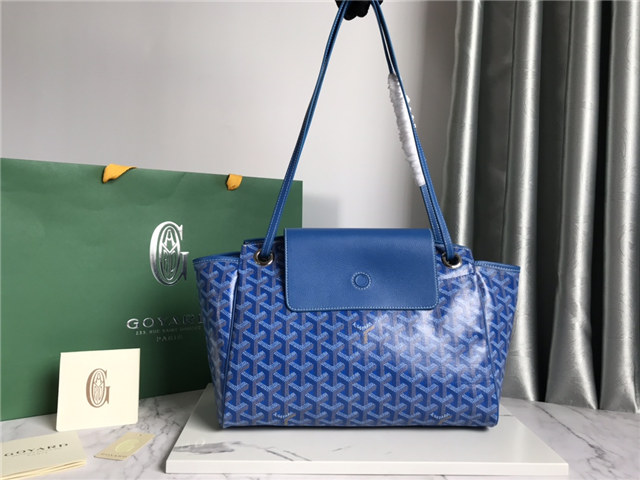OEM, for those of you who aren’t total business nerds (and let’s be honest, who *is*?), stands for Original Equipment Manufacturer. Basically, it means some other company makes the parts, or even the whole dang bag, to Louis Vuitton’s specifications, and then LV slaps their logo on it. Makes sense, right? I mean, they can’t *possibly* be hand-stitching *every* stitch on *every* Neverfull, especially considering how many dang Neverfulls are out there in the wild.
So, where do these OEM parts come from? That’s the million-dollar question, isn’t it? You’ll see whispers online – forum threads filled with speculation, maybe a blurry picture or two. You’ll hear about factories in China, Turkey, maybe even some in Eastern Europe. Places where labor costs are, uh, “more competitive.”
Look, I’m not saying LV is, like, totally outsourcing everything to some sweatshop. I’m sure they have *some* bags made in fancy French workshops by artisans who only drink Evian water and listen to classical music. But let’s be real, the sheer volume of Neverfulls suggests a more…complex supply chain.
Honestly, the whole thing is a bit messy. It’s not like Louis Vuitton is going to release a press statement saying, “Yep, we get our zippers from Bob’s Zipper Emporium in Shenzhen!” It’s just not gonna happen.
And here’s my own two cents: does it *really* matter? I mean, if the quality is good, and the bag looks and feels like a Neverfull (and holds all my junk), does it really matter if the leather came from Italy or, you know, somewhere else?
Okay, maybe it *does* matter a little. There’s something about the mystique of luxury goods that makes you want to believe it’s all handmade by elves in a secret mountain hideaway. But at the end of the day, a bag is a bag, right?

